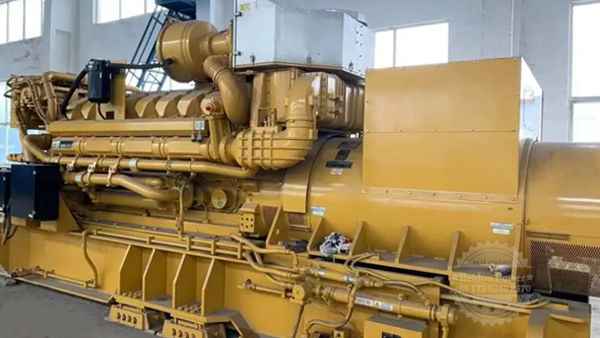This is actually the load characteristic of the synchronous generator, because it is directly connected to the load. The working principle of the synchronous generator has been explained: after the rotor winding is passed into the DC current provided by the rotating rectifier, a magnetic field is generated in the air gap between it and the stator, which is called the rotor magnetic field or the main magnetic field. Then the loaded stator or armature winding will also generate a magnetic field in this air gap because of the flow of the load current, which is called the stator or armature magnetic field. These two magnetic fields in the air gap naturally work together to form a synthetic magnetic field. The output voltage and current of the synchronous generator are determined by it.
The main reason for the change of the synthetic magnetic field is that the armature magnetic field changes due to the different nature of the load. This is called the armature reaction: when the generator’s armature winding, which is essentially an iron core inductor, is only connected to a pure resistic load, the winding’s potential is in phase with the current, the armature magnetic field is superposed with the rotor magnetic field, and the resultant magnetic field does not change. Only when the generator is running with load, its stator flux needs to be in a saturated state to absorb some armature magnetic field, and the synthetic magnetic field is slightly reduced. The greater the load current, the more the reduction.
If the armature winding is only connected to the pure inductive load, the current of the armature should lag the potential by 90° phase Angle. The armature field generated by this current cancels out the rotor field, causing the resultant field to weaken and distort. The output voltage of the generator is thus reduced.
If only a purely capacitive load is attached to the armature winding, then due to the nature of the capacitance, the current in the armature winding will be 90° phase Angle ahead of its potential. The armature magnetic field formed by this current can strengthen the rotor magnetic field, which allows the synthetic magnetic field to be strengthened and the output voltage of the generator to be increased.
The above analysis shows that three different loads will produce different armature reactions, and then the output voltage of synchronous generator will change. Mastering these laws can configure a better load for the diesel generator set, so that the unit can play its full potential and provide excellent electrical energy.
For more questions about the generator set, please call the Beidou Power team. More than ten years of professional production and sales of power generation equipment experience, more professional engineer team to serve you, choose Beidou power is to choose rest assured, welcome on-site factory inspection.
Post time: Oct-25-2024

